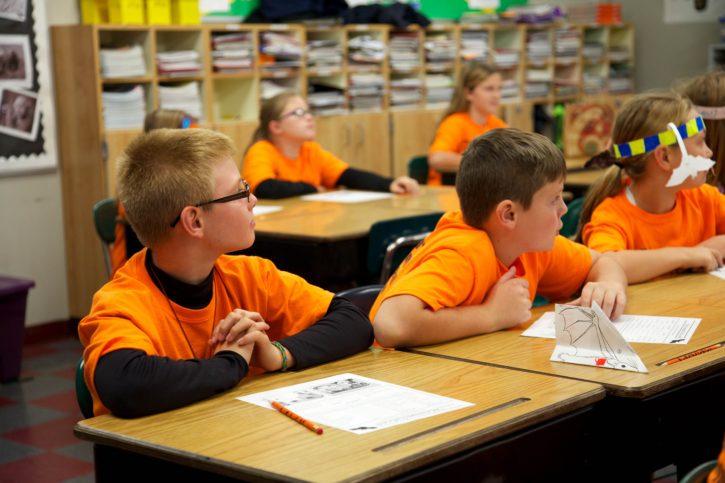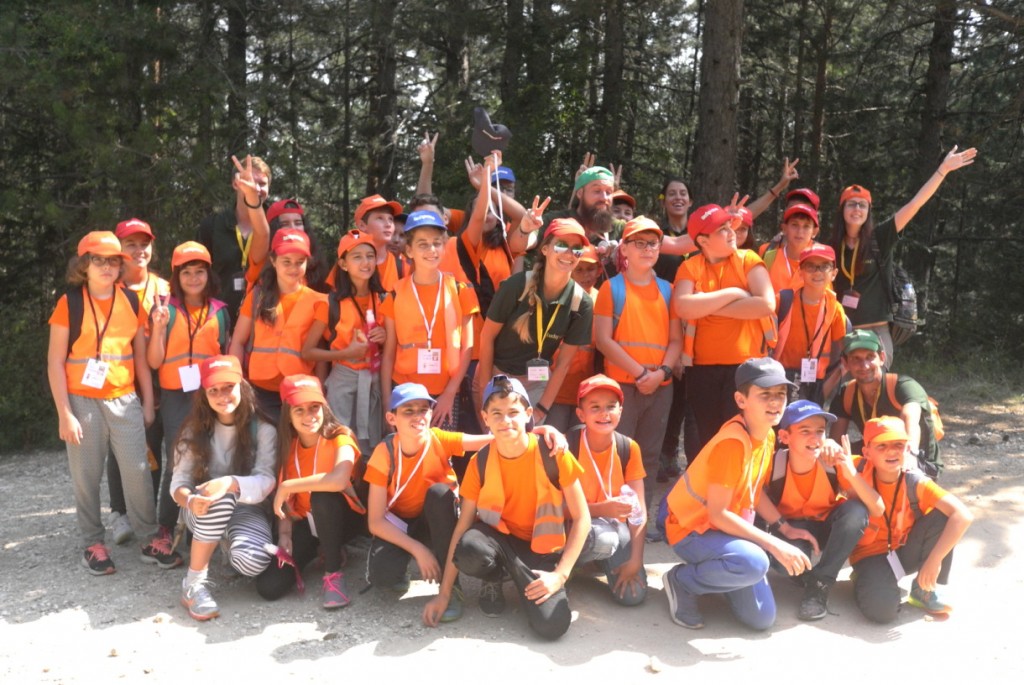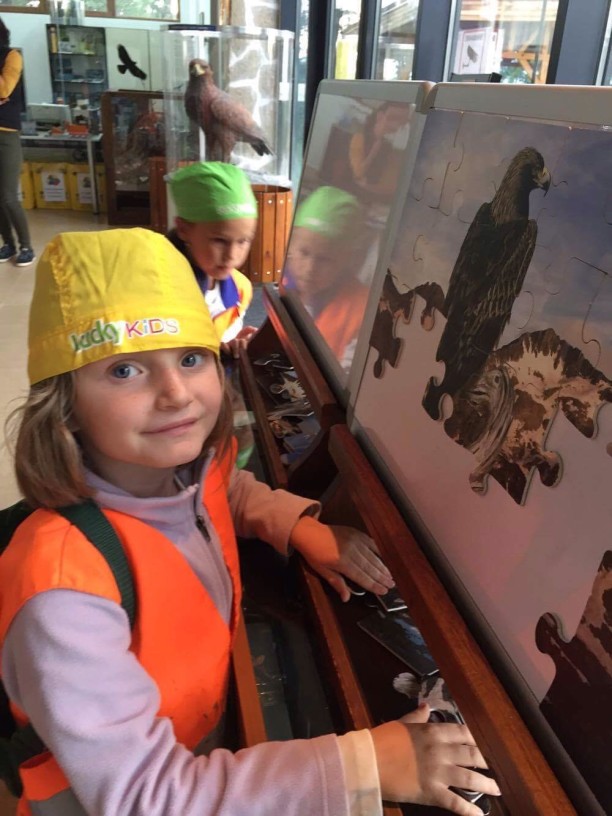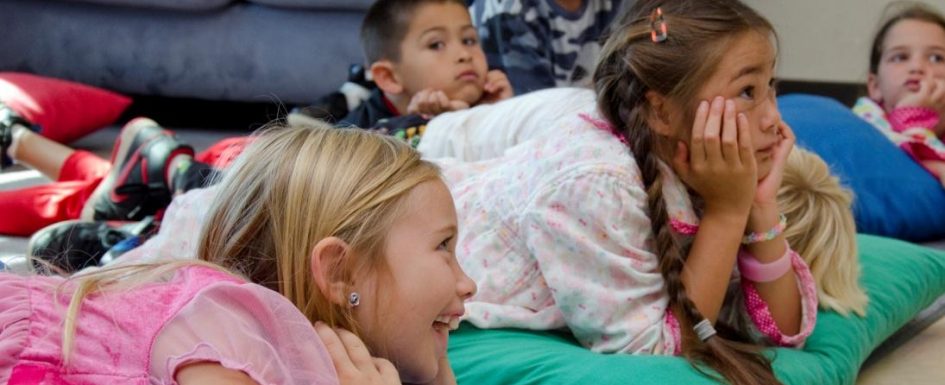Why is project training good? What is project training and how does it happen?
“Project-based learning focuses on teaching by engaging students in research. In this framework, students pursue solutions to non-trivial problems by asking and refining questions, discussing ideas, making predictions, developing plans and / or experiments, collecting and analyze data, conclusions, communicate their ideas and findings to others, ask new questions and create artifacts (such as a model, report, presentation, product, video, or computer program). “
Phyllis P. Blumenfeld et al., “Motivating Project Training: Supporting Work, Supporting Learning”
During project training, the teacher makes learning lively and understandable for his students, acting through their personal experiences. Students work on a project for a set period of time – from a few days to a week – that engages them in researching and finding solutions to a real life problem or finding a complex question. They demonstrate their knowledge and skills by developing a product that is useful to the public or by creating a real audience.
As a result, students develop a thorough knowledge of the content and language as well as critical thinking, creativity and communication skills in the context of making an authentic, meaningful project. Project training spreads contagious creative energy among students and teachers.
A more formal definition of this type of training is the following: project-based learning is a teaching method whereby students acquire knowledge and skills by working for a prolonged period of time to explore and respond to an authentic, engaging and complex question, problem, or challenge .
Here are some of the projects that we at Lucky Kids Kids Summer Camp have worked with proven effect:
Project: Vehicles of the Future
This project enabled the campers to carry out interesting studies in the field of vehicles and in particular their future development. The children had the opportunity to learn a serious amount of terminology , which includes vehicle names, their parts and details for driving them.
Project: Fashion house
This project was carried out by camps with studies and presentations in the field of clothing and accessories. The participants took the opportunity to look ready or to present their own ideas for clothing and its accessories. They unleashed their full creative potential to present a collection at a Fashion House. What was amazing was that they themselves researched a large number of collections, learned terms related to clothing, as well as names of famous designers in high and casual fashion .
Project: Birdhouses
During this first in-camp project, which is traditional for Lucky Kidd, they work as a team. Children learn how to assemble birdhouses, decorate them – draw elements and other decorations , and subsequently hang them together with the help of tree teachers in the park. This project is not only linguistic but also aims at environmental education.
A distinction needs to be made between a “dessert project” – a short, intellectually light project implemented after the teacher covers the contents of a unit in the usual way – from a “main course” project in which the project is a unit of study. In project-based learning, the project is a tool for teaching the important knowledge and skills that students need to learn. The project contains and presents the curriculum and instructions.

Unlike dessert projects, project training requires critical thinking, problem solving, collaboration and various forms of communication. To answer the food question and create high quality work, students need to do much more than memorize information. They need to use thinking skills: analysis and synthesis, as well as learning to work as a team.
Here are the basic steps for conducting project training in a camp described below:
1. We start with the basic question;
2. We develop a plan for the project we include
– studies
– evidence
– presentation / presentation, video, finished product, etc. /;
3. We create a work schedule;
4. Project work;
5. We monitor the students and the progress of the project;
6. Presentation of the project;
7. We evaluate the result together;
8. We evaluate the experience together and give feedback.
Project training: advantages and disadvantages
ADVANTAGES

The topic
Project-based learning, like all lessons , requires a lot of preparation and planning, additional materials and a high technology culture. We need to consider what materials and resources will be available to students. They will then need help in managing their time – a certain life skill that they will benefit from for the rest of their lives.
We carefully select a real-world topic that can be thoroughly researched. The question is usually the “now” question – a question that matters in the lives of our children.
Designing a project plan
When designing a project, it is important to consider which content standards will be considered. We involve students in planning ; they feel the project as their own when actively involved in decision-making. They need to be prepared to delve deeper into new topics and new issues that arise as they become more engaged.
Schedule
A schedule for the project components is being developed. Students are aware that schedule changes will occur. So they learn to be flexible, to realize that there will come a time when they have to finalize their thoughts, findings and evaluations . It is important to know:
• What time will be allocated to the project?
• Will this project be carried out throughout the school day or during special time blocks?
The following skills and tactics that students learn, guided by the teacher, lead to success:
● Develop a sense of time for those who have no boundaries of time and sense of time.
● Set boundaries.
● Learn how to plan their tasks.
● They are reminded of the timeline.
● They learn to set deadlines.
● Learn to ask simple questions that are relevant to the content.
● Creativity of students is initiated, which leads them to success.
Project training allows students to go in new directions; the teacher returns them to the project if they deviate from it. When they find a new direction and can justify it, the teacher leaves them to create. They may even find a new solution that we adults have not been able to find so far.
Student observation and project progress

In order to maintain control without preventing students from taking responsibility for their work, we, the teachers, follow these steps:
• Facilitate the process and love of learning.
• We teach students how to work together.
• We list interchangeable roles for group members.
• We encourage students not only to choose their primary roles, but also to take responsibility and interactivity for all group roles .
● We remind them that each part of the process belongs to each individual and needs the common involvement of each student.
● We provide resources and guidance.
● We evaluate the process by creating team and project headings.
● We evaluate the result.
Evaluation of experience
In a busy schedule on camp day, reflection is a key component of training. How do we expect our students to synthesize new knowledge if they are not given time to reflect on what they have discovered? Too often, teachers during the school year do not allow this in their daily routine due to lack of time and flexibility.
We at Lucky Kidds set aside time to reflect our daily activities. We allow individual or group reflection, such as group discussion and discussion, sharing experiences and feelings, discussing what works well, making changes, sharing ideas that can lead to new projects.
Therefore, we firmly believe that project training, which is widely applicable at LuckyKids, has no drawbacks. It is a path to personal improvement and progress, a way of expression and personal realization, a way of discovering opportunities and talents.

